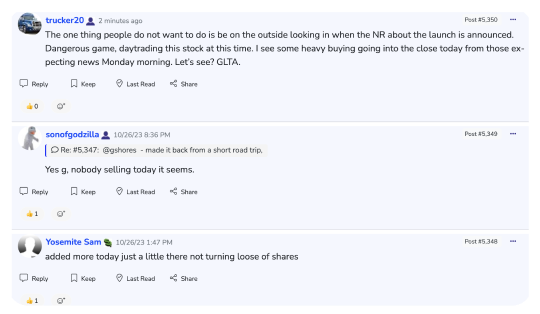Monday, December 15, 2008 4:13:30 PM
I vehemently disagree. Where is your evidence?
Here's some of mine. When you get done with this I will appreciate your thoughts and we can move on to the next line item.
Am. J. Hum. Genet., 79:000, 2006
0002-9297/2006/7901-00XX$15.00
© 2006 by The American Society of Human Genetics. All rights reserved.
Go to full text | AJHG Homepage
Article
Reconstructing Genetic Ancestry Blocks in Admixed Individuals
Hua Tang, Marc Coram, Pei Wang, Xiaofeng Zhu, and Neil Risch
From the Division of Public Health Sciences, Fred Hutchinson Cancer Research Center, Seattle (H.T.; P.W.); Department of Statistics, University of Chicago, Chicago (M.C.); Department of Preventive Medicine and Epidemiology, Loyola University Medical Center, Maywood, IL (X.Z.); and Institute for Human Genetics, University of California, San Francisco (N.R.)
Received January 23, 2006; accepted for publication March 15, 2006; electronically published May 17, 2006.
A chromosome in an individual of recently admixed ancestry resembles a mosaic of chromosomal segments, or ancestry blocks, each derived from a particular ancestral population. We consider the problem of inferring ancestry along the chromosomes in an admixed individual and thereby delineating the ancestry blocks. Using a simple population model, we infer gene-flow history in each individual. Compared with existing methods, which are based on a hidden Markov model, the Markov–hidden Markov model (MHMM) we propose has the advantage of accounting for the background linkage disequilibrium (LD) that exists in ancestral populations. When there are more than two ancestral groups, we allow each ancestral population to admix at a different time in history. We use simulations to illustrate the accuracy of the inferred ancestry as well as the importance of modeling the background LD; not accounting for background LD between markers may mislead us to false inferences about mixed ancestry in an indigenous population. The MHMM makes it possible to identify genomic blocks of a particular ancestry by use of any high-density single-nucleotide–polymorphism panel. One application of our method is to perform admixture mapping without genotyping special ancestry-informative–marker panels.
Mass Megawatts Announces $220,500 Debt Cancellation Agreement to Improve Financing and Sales of a New Product to be Announced on July 11 • MMMW • Jun 28, 2024 7:30 AM
VAYK Exited Caribbean Investments for $320,000 Profit • VAYK • Jun 27, 2024 9:00 AM
North Bay Resources Announces Successful Flotation Cell Test at Bishop Gold Mill, Inyo County, California • NBRI • Jun 27, 2024 9:00 AM
Branded Legacy, Inc. and Hemp Emu Announce Strategic Partnership to Enhance CBD Product Manufacturing • BLEG • Jun 27, 2024 8:30 AM
POET Wins "Best Optical AI Solution" in 2024 AI Breakthrough Awards Program • POET • Jun 26, 2024 10:09 AM
HealthLynked Promotes Bill Crupi to Chief Operating Officer • HLYK • Jun 26, 2024 8:00 AM









